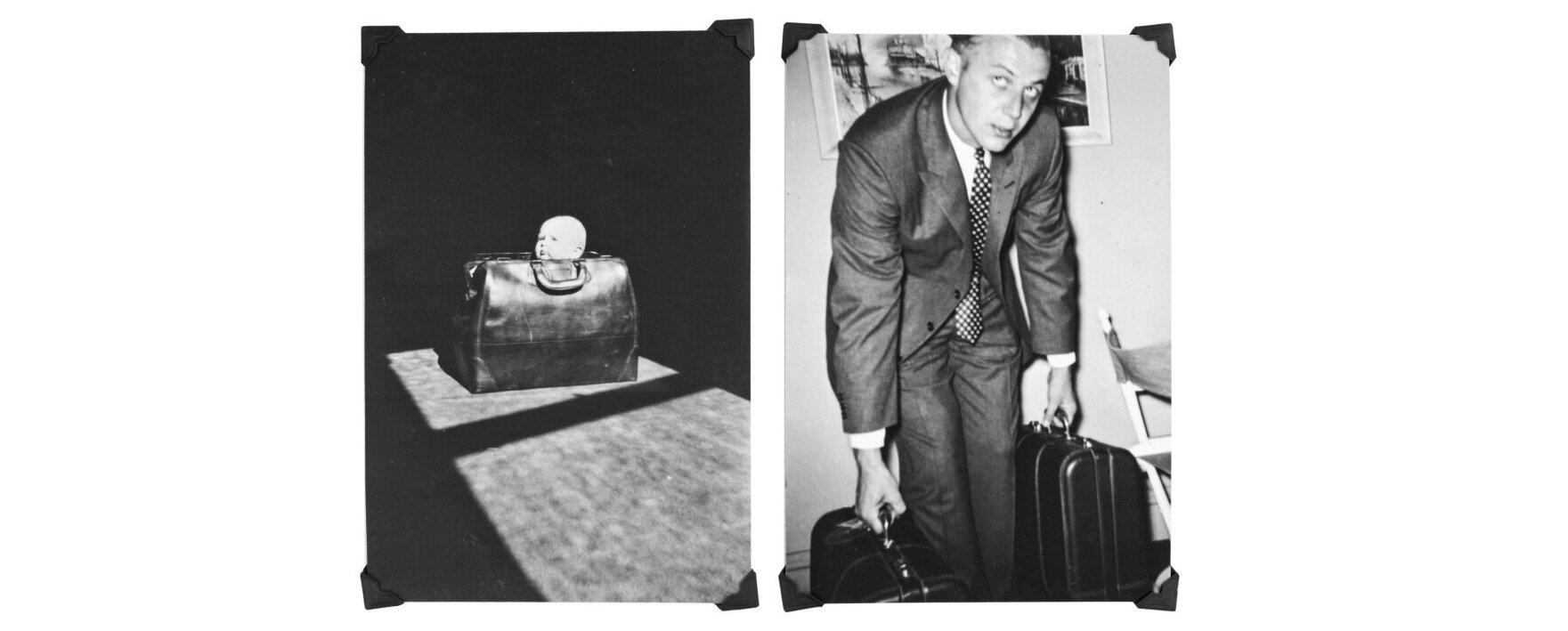Paul Stein
LIES | “and that certain images be formed in the mind… to remain there, resurgent” (Ezra Pound, Canto LXXIV)
Lies explores how we remember and how we will be remembered. The diptychs in this project depict how observation gives way to memory, how intention gives way to intrusion, how truth and fiction merge, and how our experiences gain a new meaning through our reimagining. Like memory, the combinations of images in Lies are open-ended for others to build their own lies.
The parings start from the assumption that photography is a tool for visual thinking, then ask us to think about these questions:
· Memory: While there might be consistency in how images are made, and cohesion in how images are exhibited, how are images linked in memory to summarize and catalogue the arc of a life? What is the difference between the visual truths we immediately experience, and the explanatory lies we subsequently fabricate? Since we are deluged with exponentially more visual images than we could ever shoot personally, how do we mentally curate (retain, retrieve, and reframe) all this visual information in a process that creates both complementary and dissonant dialogues between images?
· Mortality: How will we ourselves – our quotidian lives and the images we create – be appropriated and remembered by others decades from now as part of the long tradition of memento mori art? Anyone regarding vernacular photographs has the somber knowledge that virtually all the people in those photographs are deceased.
· Appropriation: What are the boundaries for “taking” a picture and what does it matter who shoots? Are my visual experiences limited to the camera in front of my eyes and the creation of a new image, or are they equally defined by my appropriation of an existing image from others or myself and the adding to it of new visual meaning?
Lies answers these questions by engaging in the practice of vernacular photography. Rather than seeking what is disturbingly odd in vernacular images, Lies builds on what is profoundly ordinary in them. Lies does not treat vernacular images as insufficiently resonant, and therefore needing to be treated as a canvas for collage or inserting the artist’s identity. Instead, Lies explores the abundant meanings inherent in vernacular images, and the equally implicit meanings outside the frame of these images. Lies gathers images separated by decades of time and hundreds of miles of space, and creates a narrative moment between them in the photo album that constitutes memory. Of course, these vernacular narratives are lies, living outside the intended memorialized moment by these anonymous photographers. Yet it is through such lies, through the extractions and sequencing of experiences through memory, that we create meanings for our lives. paulsteinalibis.com






















